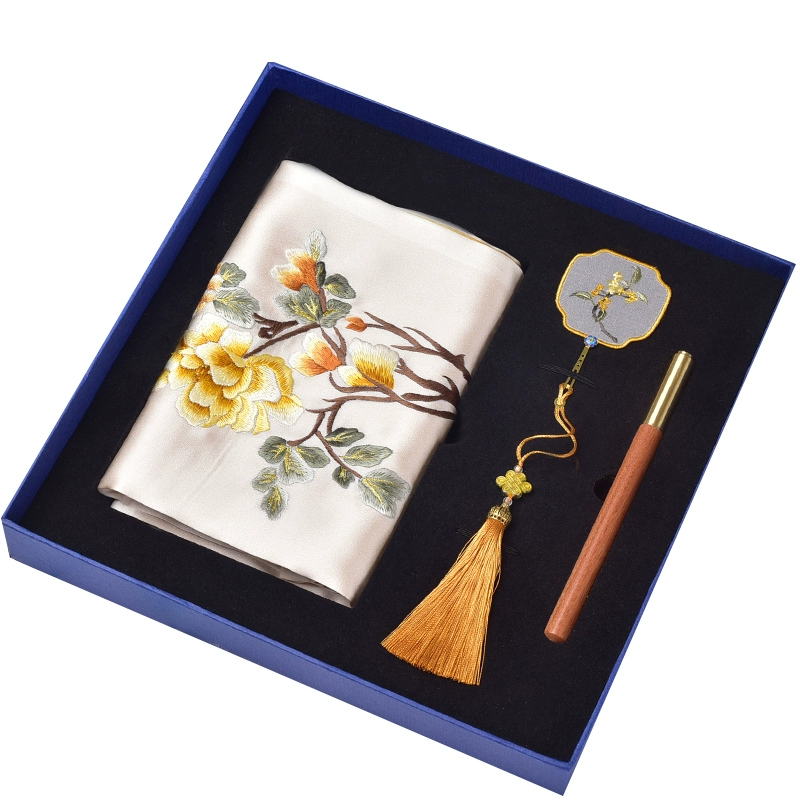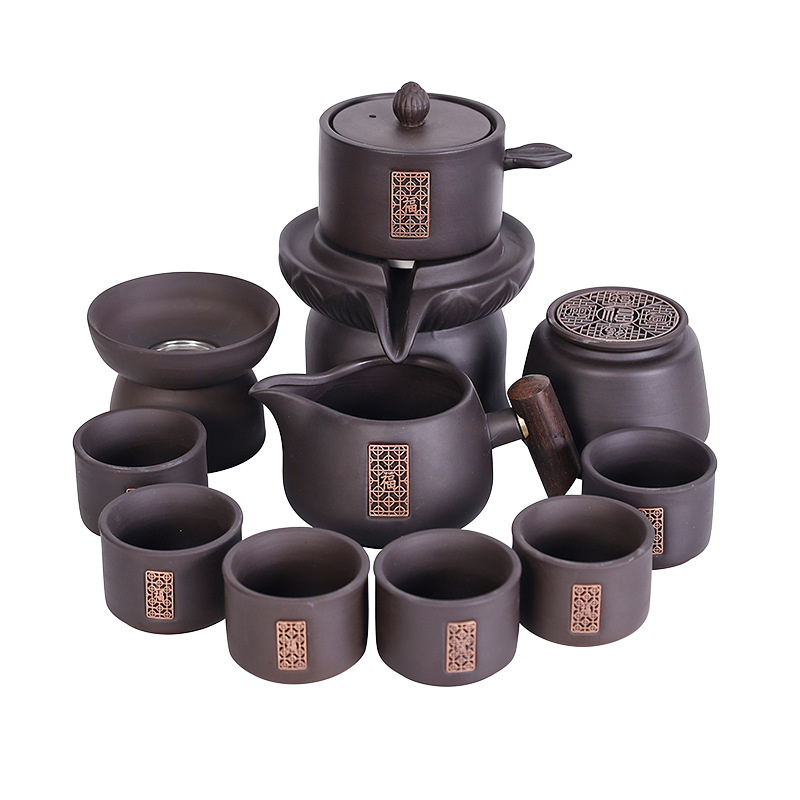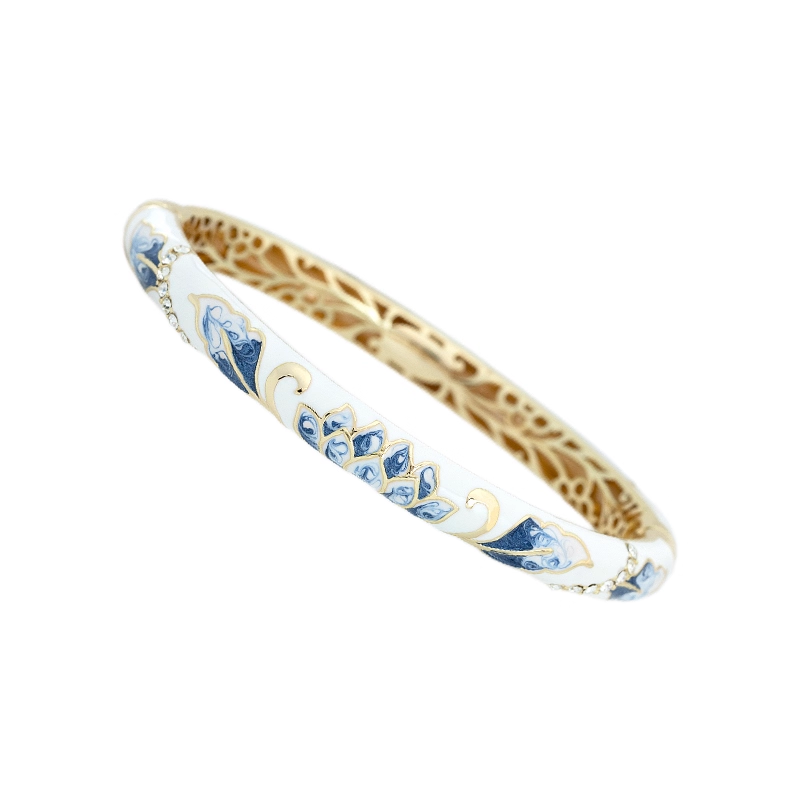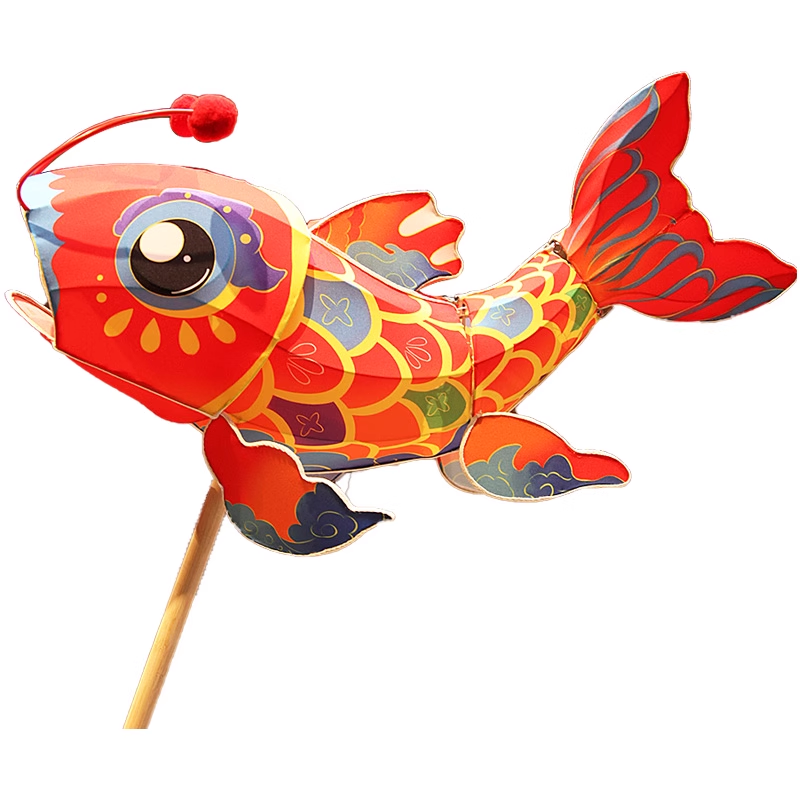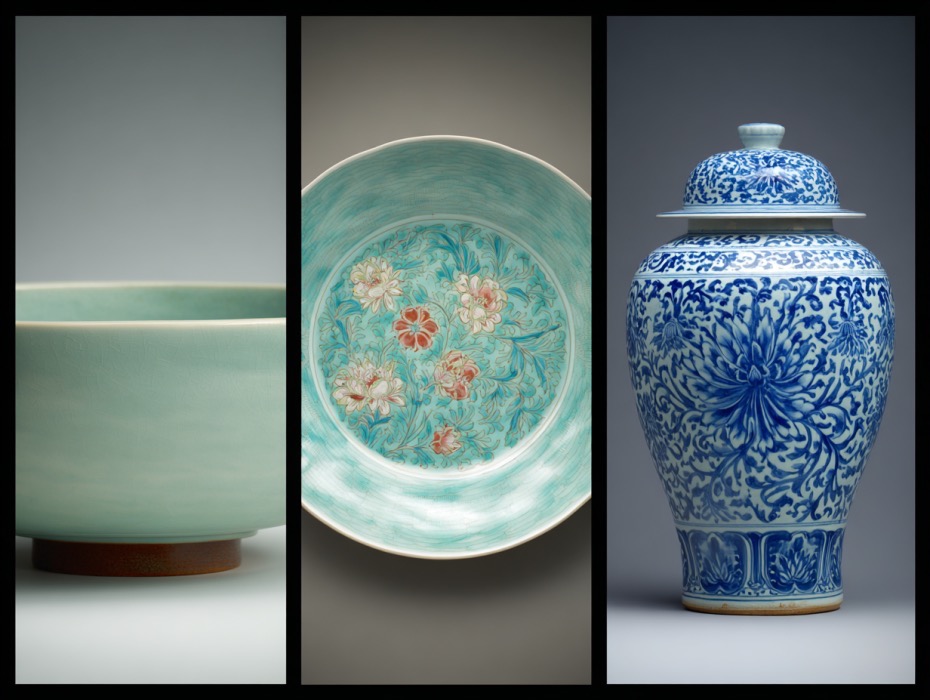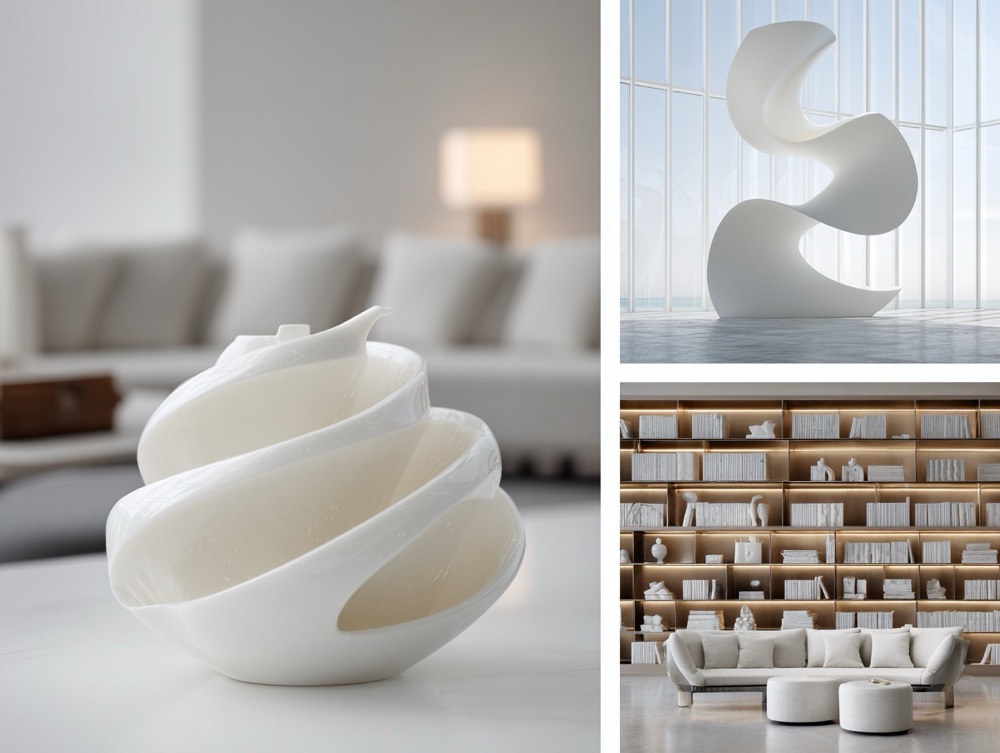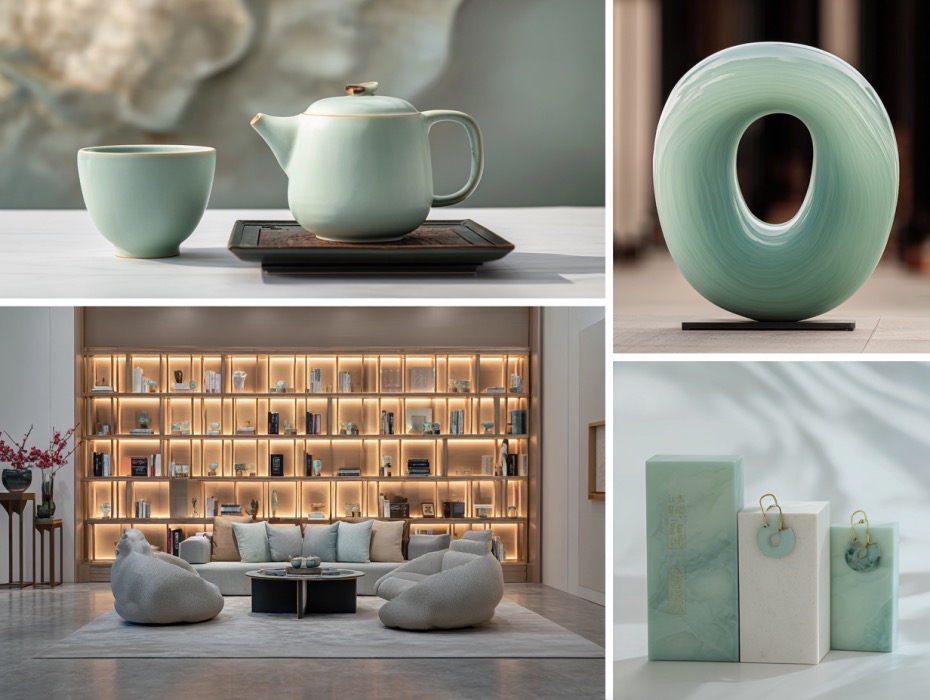Yixing zisha:A World in a Teapot, Centuries of Craftsmanship
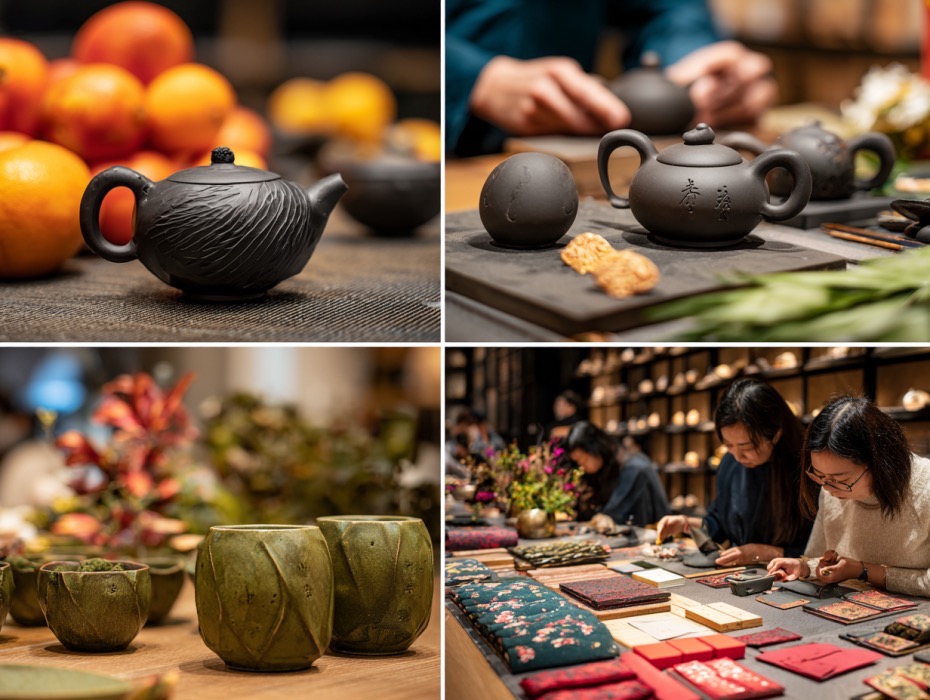
At the intersection of Chinese tea culture and ceramic art, Yixing Zisha (purple clay) stands out as the “soul of tea ware” among tea enthusiasts, cherished for its warm, unostentatious texture—”not gaudy in color, not greasy in quality”—and its unique trait of “being breathable yet impermeable to water”. Hailing from Dingshu Town in Yixing, Jiangsu Province, this purple clay production hub has been renowned for its Zisha wares since the Northern Song Dynasty. For centuries, it has seamlessly blended the earthiness of clay with the elegance of tea rituals. More than just practical tea utensils, Yixing Zisha has become a cultural symbol of Oriental life aesthetics, and today, it continues to convey the profound heritage of Chinese tea culture to the world with its artisanal spirit.
The history of Yixing Zisha is a chronicle of craftsmanship intertwined with tea culture. During the Northern Song Dynasty, Yixing Zisha emerged in its primitive form, mostly as coarse pottery used for boiling water and storing goods. By the mid-Ming Dynasty, Zisha craftsmanship took a leap forward, giving rise to master craftsmen like Gong Chun and Shi Dabin. Gong Chun’s “Tree Gall Teapot”, modeled after the gnarled texture of ancient tree burls, featured a simple, natural design and pioneered the “biomorphic” style in Zisha ware. Shi Dabin revolutionized teapot shapes by downsizing large pots to suit literati’s tea-drinking habits; his works such as the “Three-Legged Round Teapot” and “Flat Round Teapot” established classic paradigms for Zisha teapots. The Qing Dynasty marked the golden age of Yixing Zisha, with a succession of masters including Chen Mingyuan, Chen Mansheng, and Gu Jingzhou. Chen Mingyuan excelled in biomorphic designs—his “Pumpkin Teapot” and “Bamboo Joint Teapot” were so lifelike that he was hailed as “the most skilled craftsman in Zisha history”. As a literati, Chen Mansheng participated in Zisha design, integrating poetry, calligraphy, painting, and seal carving into teapot bodies and creating the “Eighteen Styles of Mansheng”, elevating Zisha from a practical utensil to a literati art form. In modern times, Gu Jingzhou pushed Zisha craftsmanship to its peak; his works combined traditional charm with modern aesthetics, and his “Ti Bi Teapot” became a benchmark in the Zisha collection world, valued at a fortune.
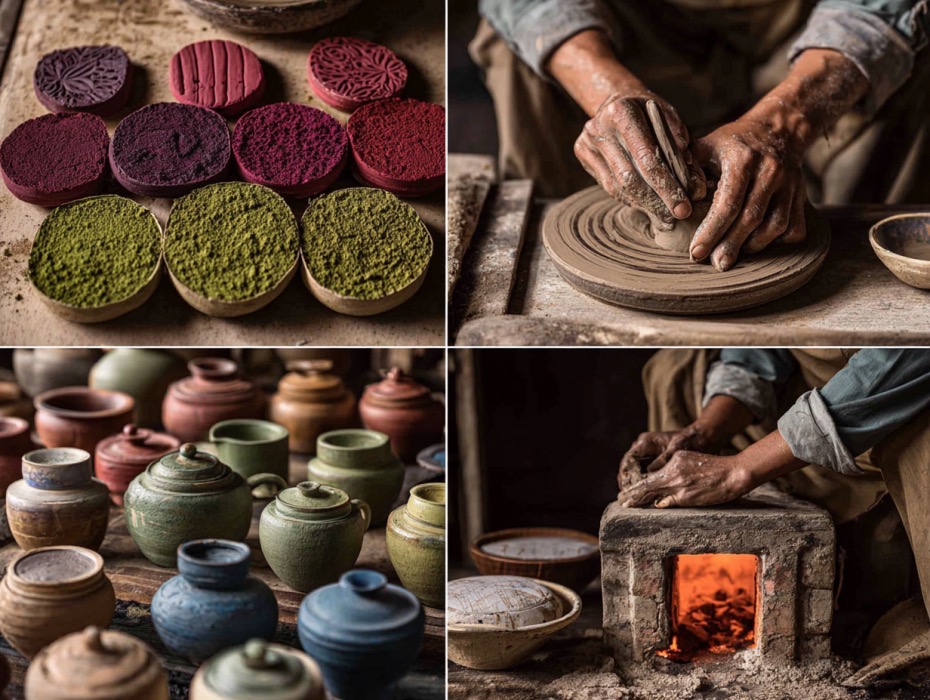
The allure of Yixing Zisha first lies in its one-of-a-kind raw material: Zisha clay. The Zisha ore from Huanglong Mountain in Yixing’s Dingshu Town is known as the “source of Zisha”. This clay is categorized into three main types—purple clay, red clay, and green clay—each with dozens of sub-varieties, such as “Dicaoqing” (purple clay), “Zhuni” (red clay), and “Benshan Lvni” (local green clay). Rich in minerals like quartz, mica, and iron, Zisha clay is fine in texture yet highly breathable. Teapots made from it can absorb the aroma of tea and grow more 温润 (warm and smooth) with use, creating the unique pleasure of “nurturing the teapot”. A well-used Zisha teapot develops a glossy “patina” on its surface, as if it gains a life of its own. What’s more, Zisha clay boasts exceptional plasticity—craftsmen can shape it into countless forms through hand-kneading, patting, pressing, and scraping, and it rarely deforms after firing, offering endless possibilities for innovation in Zisha craftsmanship.

From raw material to finished product, Yixing Zisha undergoes dozens of complex procedures, each infused with the craftsman’s devotion. The process begins with clay selection and refinement: craftsmen choose the right Zisha clay based on the desired teapot shape, then 暴晒,crush, and grind it before adding an appropriate amount of water for repeated kneading to remove impurities. This step, which can take days or even months, ensures the clay reaches a state of “mature but not mushy, flexible but not rigid”. Next comes teapot making, with core steps including “rolling clay sheets”, “forming the pot body”, “attaching the base”, and “shaping the spout, handle, and lid”. Rolling clay sheets requires rolling the clay into even thin layers; forming the pot body demands a perfectly round shape; attaching the base needs precise alignment between the body and the base. Shaping the spout, handle, and lid is particularly demanding—it requires the “three-point line” principle (the spout, handle, and lid knob must align in a straight line), and the lid must fit the pot mouth so tightly that the teapot can be inverted without leaking water. Finally, firing: Zisha is fired at a high temperature of 1100-1200°C. Minor changes in kiln temperature and atmosphere can affect the color and texture of the final product. A perfect Zisha teapot often requires multiple test firings, and some high-end pieces are even fired in “wood-fired kilns” to achieve a warmer hue.
Yixing Zisha comes in a wide range of shapes, each embodying unique aesthetic concepts. Classic designs include the “Xishi Teapot”—with a rounded body like a beauty’s bosom and a cute short spout, exuding softness; the “Shipiao Teapot”—featuring bold lines, a trapezoidal body, and a straight spout, radiating masculinity; the “F 仿古 Teapot” (Archaic-Style Teapot)—inspired by traditional bronze ware, with a simple, dignified shape that reflects literati elegance; and the “Ribbed Teapot”—with precisely divided lines creating symmetrical ribbed patterns (such as “Chrysanthemum Petal Teapot” and “Sunflower Petal Teapot”), representing extremely intricate craftsmanship. Beyond teapots, Yixing Zisha also includes tea cups, tea trays, vases, and decorative pieces. Among them, Zisha stationery like brush holders and water pots, which blend practicality and 观赏性,add an elegant touch to literati studies.
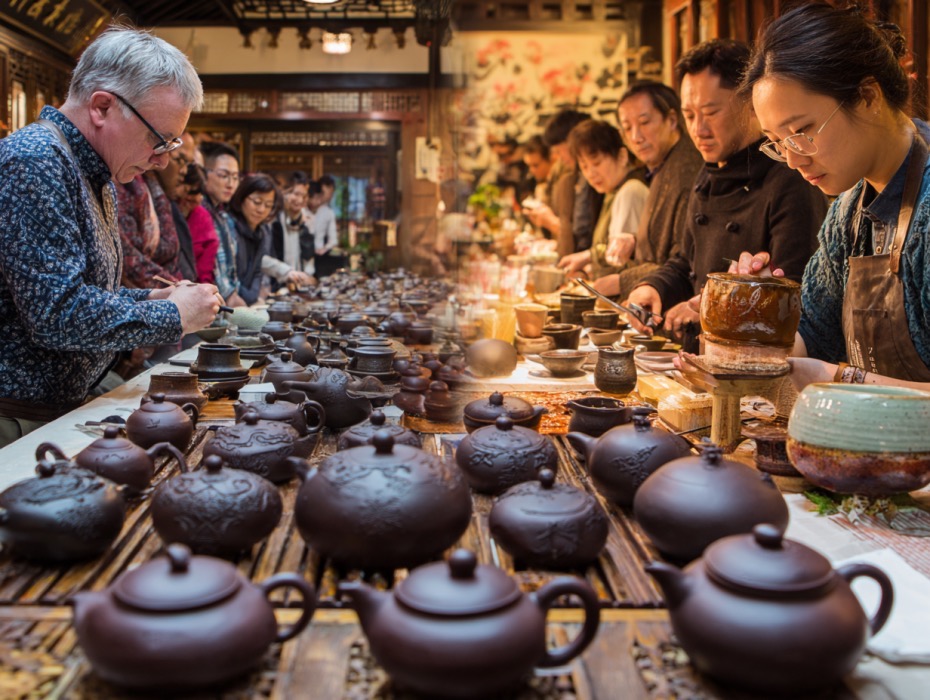
In modern times, Yixing Zisha has not rested on its historical laurels but has gained new vitality through inheritance and innovation. On one hand, traditional Zisha craftsmanship is systematically protected: the Yixing Zisha Making Technique has been inscribed on UNESCO’s Representative List of the Intangible Cultural Heritage of Humanity. Zisha inheritance bases have been established across the country, and veteran craftsmen pass down teapot-making skills to the younger generation through the “master-apprentice” model. On the other hand, Zisha artists continue to innovate, integrating modern design concepts into traditional craftsmanship—for example, incorporating abstract art and minimalist styles into teapot designs, or adopting new decorative techniques on pot bodies to make Zisha more in line with contemporary aesthetics. Meanwhile, Yixing Zisha embraces the tea culture boom, offering products ranging from high-end custom works by masters to affordable daily-use teapots, and from cultural and creative products (such as mini Zisha ornaments and Zisha bookmarks) to tea culture experience activities, catering to the needs of different groups. Additionally, Yixing Zisha has made frequent appearances at international tea culture festivals and art exhibitions, serving as an important bridge connecting Chinese tea culture with the world and allowing more people to appreciate the Oriental charm of “a world in a teapot”.
From Gong Chun’s “Tree Gall Teapot” in the Ming Dynasty to Chen Mansheng’s “Mansheng Teapots” in the Qing Dynasty, and to modern Zisha art today, Yixing Zisha has always used clay as a medium and craftsmanship as its soul to interpret the Chinese people’s love for tea and life. It is not only a collection of exquisite tea ware but also a series of vivid historical memories and an enduring cultural heritage. In the new era, Yixing Zisha continues to write the immortal legend of “a thousand years of Zisha, a teapot that lasts for ages” with an open and innovative attitude, allowing the world to witness the eternal charm of Chinese craftsmanship and tea culture.
